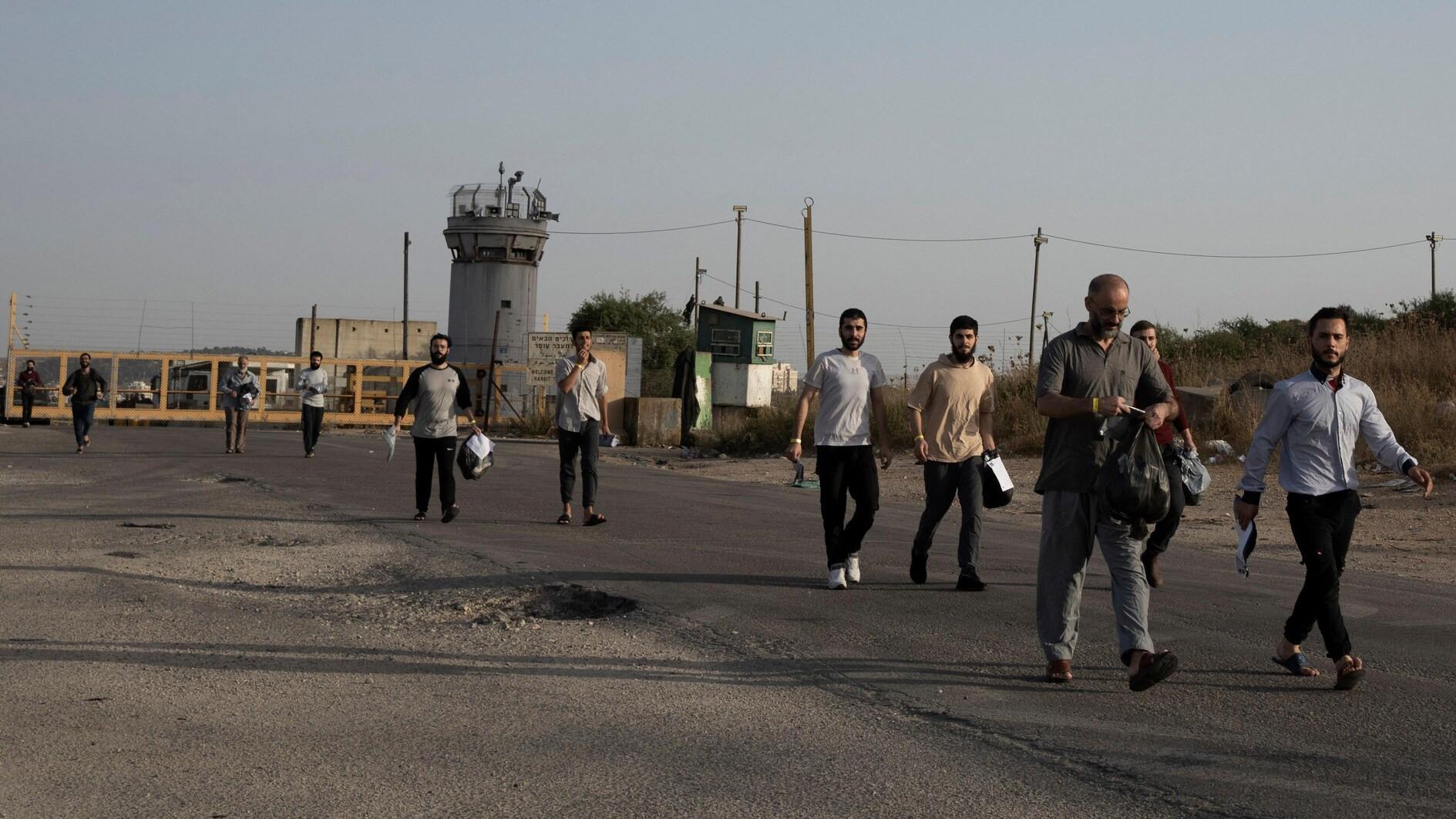Preliminary data shows slowdown in growth
Following the month of January, preliminary economic data for February has also shown that an economic slowdown has started. The capacity usage ratio that was announced at the beginning of the week, along with the real sector confidence index and preliminary data indicators of the Central Bank, all pointed to the fact that growth rates will fall in the first quarter of this year.
It is obvious that the hikes in foreign exchange rates and interest rates have a significant role in the decrease in economic activity. After a sharp hike, foreign exchange rates and interest rates followed a horizontal course for a while. In the event that they start increasing again due to recent political developments, it is certain that this will sharpen the shrinking in growth.
While the preliminary indicators also show that because of the developments in the foreign exchange and interest rates, expectations have been negatively affected, market economists say that in the event that the deterioration in expectations continue, that would further pull down the growth estimates.
When the capacity usage ratios in industry are seasonally adjusted, they went down 1.3 percent in January. In February, they fell a further 0.2 percent to go back to the level of 74.4 percent. This rate is the lowest in the past 10 months.
When the confidence index of the real sector is reviewed, the seasonally adjusted index, after rapidly plummeting in the October-January period before showing a largely restricted recovery, came in at around 104.6 this month. The previous level was 104.2. Despite this restricted recovery, it is clear that the index is following a course that are the lowest in the last one-and-a-half years, in other words, confidence remains low.
In the lower items of the index, while the fall is seen to have spread generally, the total orders and general course of business, in which sharp falls have been experienced in the month of January, small recoveries have occurred, but the general course has remained weak.
Some weaknesses have also been observed in employment in the industry sector. It was observed that the decline in the production volume that shows expectations for the next three months has continued for four consecutive months. Likewise, investment expenditures have also continued to rapidly decline since December. While the fall in export orders continued with an ease down, this index declined to the lowest levels in the past 24 months.
A natural economic slowdown
Another index of the Central Bank that contains signals related to the economic outlook, the composite leading indicator index, declined to its lowest level in February since the beginning of 2012. This index is calculated taking into account electricity production, imports of intermediate goods, base bond yield and real sector confidence index.
In short, both the developments in the global economy and the belated reactions the economy administration staged in the light of these developments, combined with the environment of political conflict, ensured that the economy reacted primarily with foreign exchange rates and interest rates, meaning expectations were disrupted accordingly.
All of these developments caused a decline in the inflow of hot money. The foreign-dependent economic structure has started to negatively affect direct production – in other words – growth. To put it another way, an ordinary economic slowdown has started.











